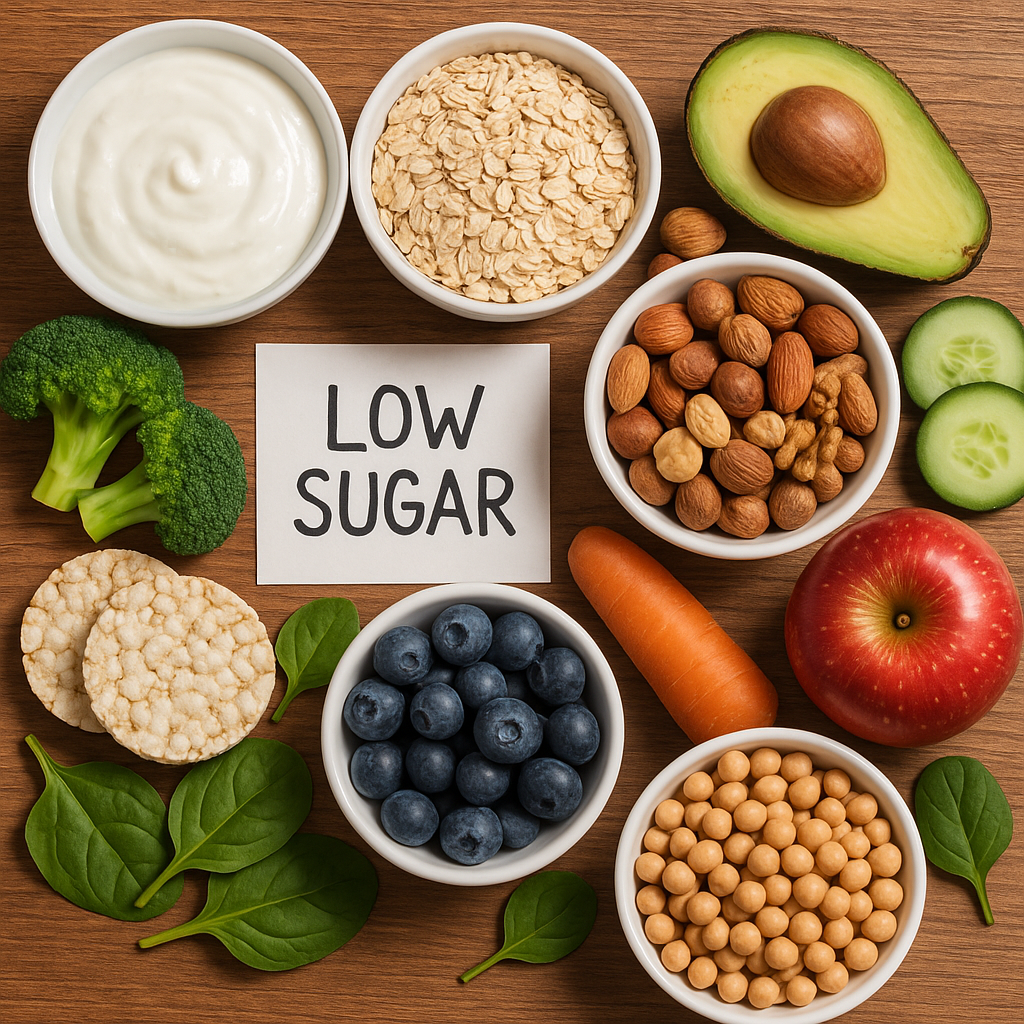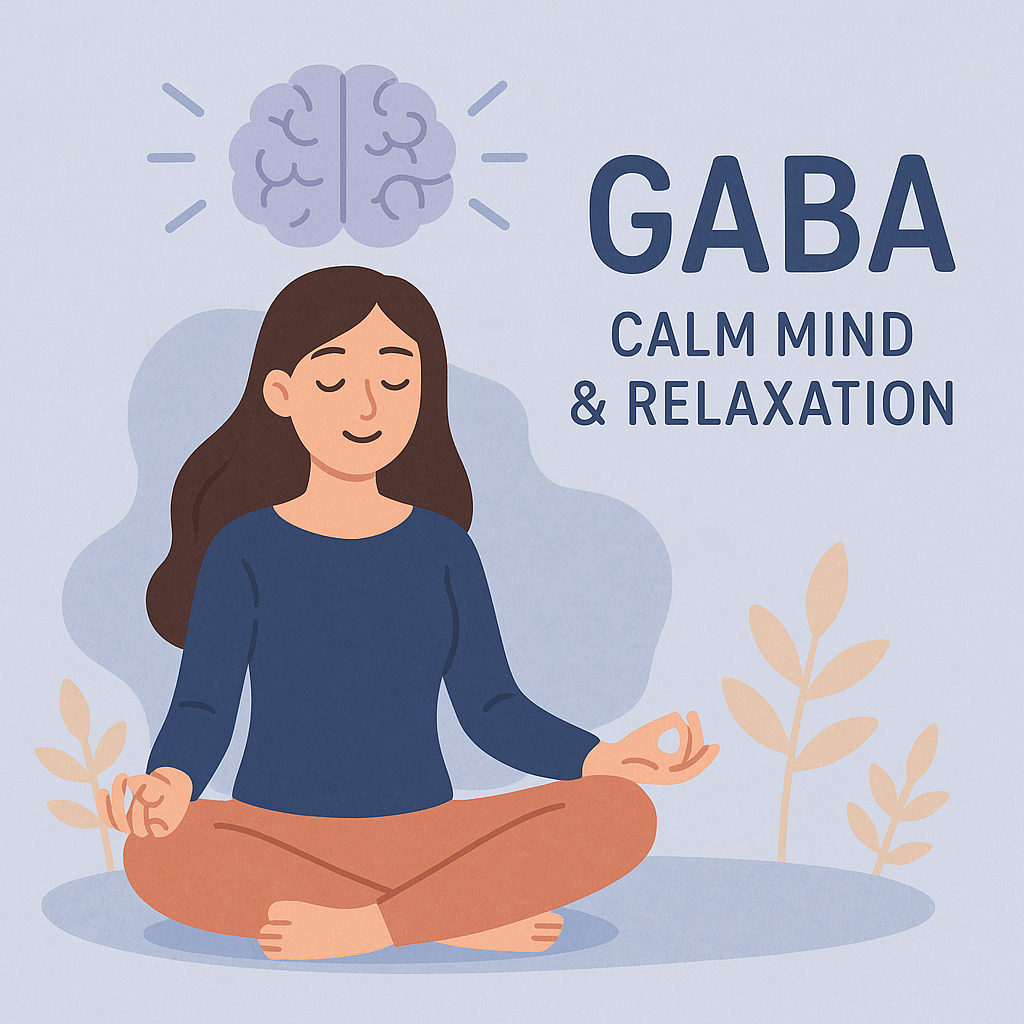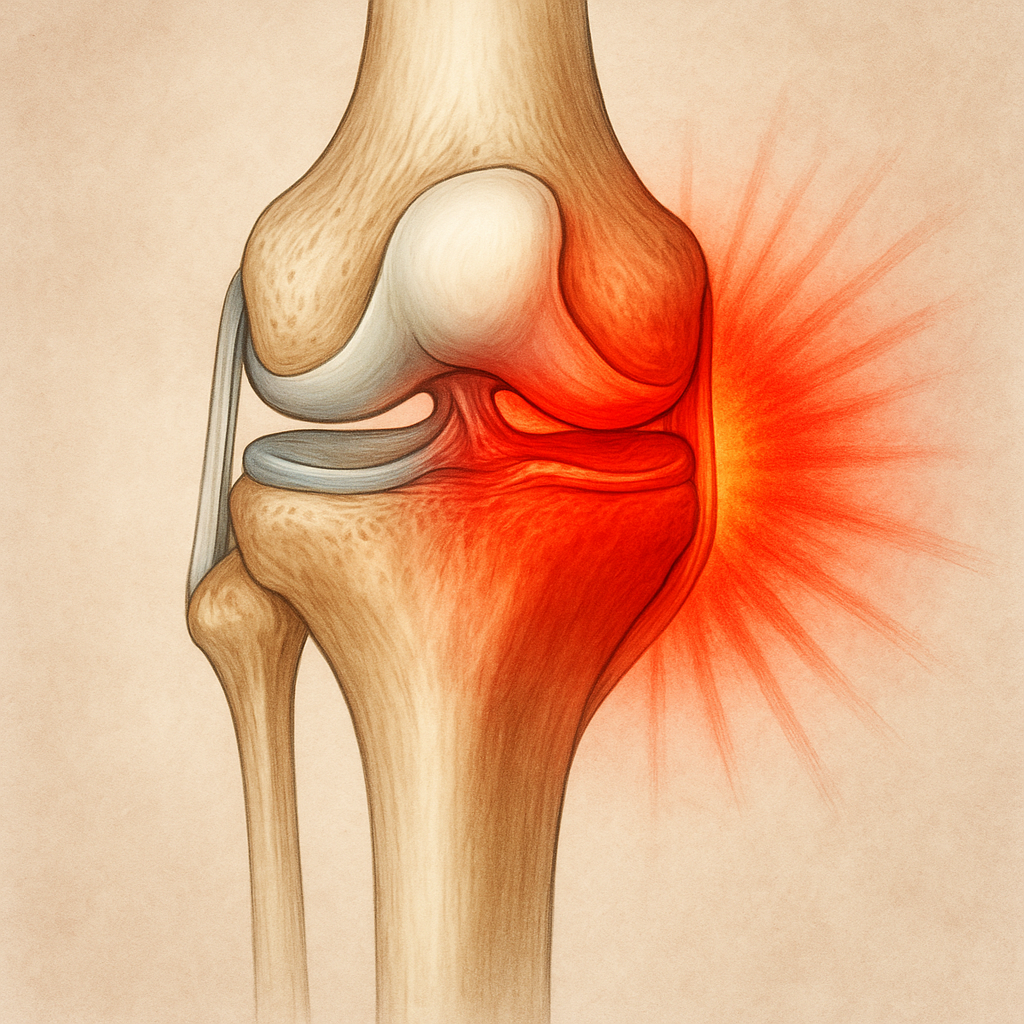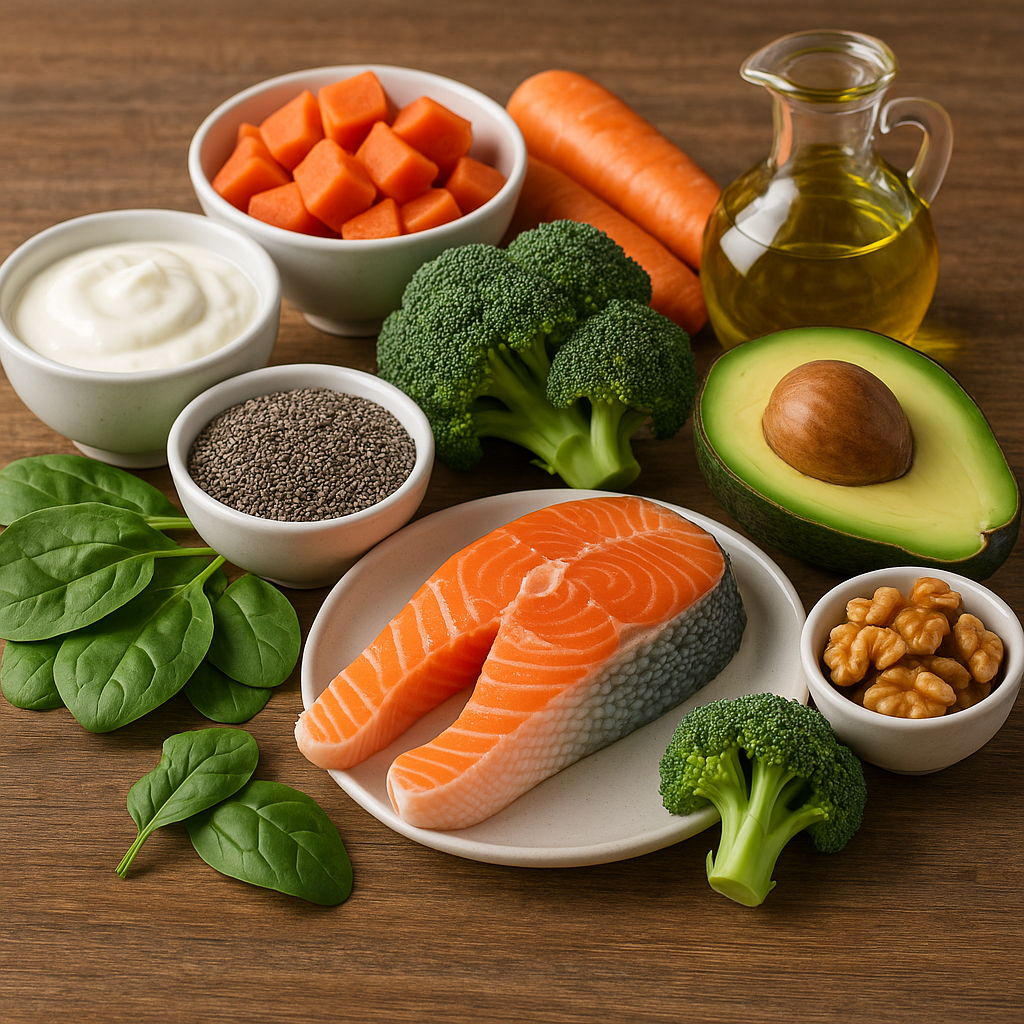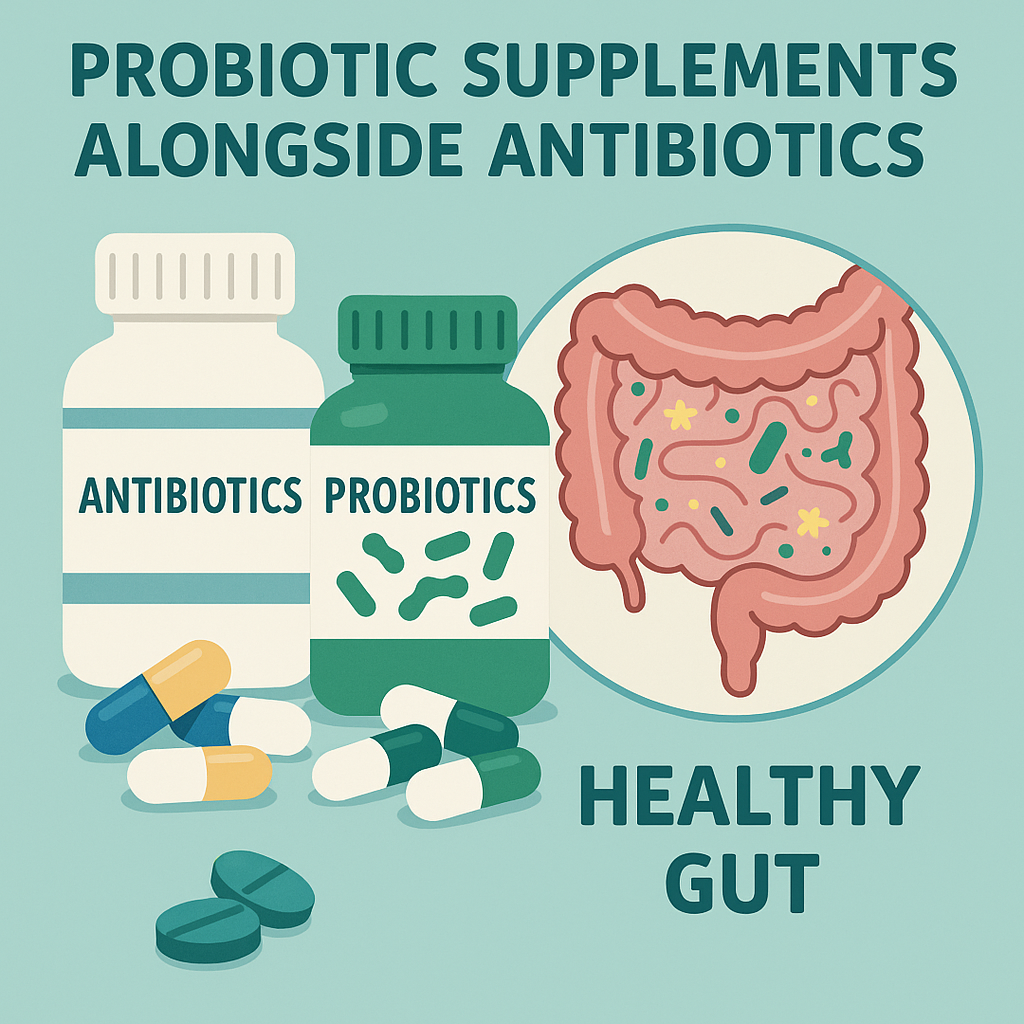THC (tetrahydrocannabinol) and CBD (cannabidiol) are the main compounds of the cannabis plant (Cannabis sativa) that have unique properties and effects on the human body. Although both belong to the cannabinoid class, their functions and uses are different. THC is often associated with psychoactive effects that cause a state of euphoria, while CBD is not psychoactive and is being studied for its potential health benefits, especially in supporting the activity of the endocannabinoid system.
Understanding the differences between these two compounds is important for several reasons. First, it allows people to responsibly choose products that meet their needs and lifestyle. Second, given their different legal regulations in different countries, it is important for consumers to be aware of legal norms and restrictions on use. Finally, such an understanding helps to understand the effects of these substances on the body, possible side effects and interactions with other drugs, in order to ensure safe and effective use.
The properties, effects, legal status, methods of use and possible benefits of THC and CBD, based on scientific data, are discussed in this article.
Chemical structure and origin
THC and CBD are cannabinoids naturally found in the cannabis plant (Cannabis sativa). They are mainly concentrated in the flowers and resins of the plant. Although both substances come from the same plant, their concentrations can vary depending on the plant species. For example, marijuana species usually have higher concentrations of THC, while industrial hemp is dominated by CBD with minimal THC levels (usually less than 0.2% according to EU legislation).
Chemically, THC and CBD are very similar – their molecular formula is identical (C₂₁H₃₀O₂). However, their atomic arrangement is different. This structural difference has a significant impact on their effects on the human body. THC actively binds to CB1 receptors located in the brain, which is why it causes psychoactive effects. Meanwhile, CBD has a lower affinity for CB1 receptors, which is why it does not have a psychoactive effect and interacts more often with other components of the endocannabinoid system.
Chemical differences explain their functional properties: THC affects mood and perception, while CBD has a more sedative effect and regulates various physiological functions. The molecular properties of these compounds influence their therapeutic applications and legal status.
Effects on the Body
One of the main characteristics that differentiates THC from CBD is their effects on the psyche. THC is the psychoactive compound that causes the “high” associated with marijuana use. This effect is due to THC’s ability to bind strongly to CB1 receptors in the central nervous system. This results in euphoria, heightened sensory perception, and other subjective mental changes.
In contrast, CBD does not have psychoactive effects. Although it also interacts with the endocannabinoid system, CBD does not directly affect CB1 receptors, and therefore does not cause changes in the state of consciousness. Instead, CBD is known for its potential regulatory effects that help maintain homeostasis in the body.
THC and CBD are both being studied for their potential health benefits, but their therapeutic properties are different:
- THC is most commonly used in medicine to relieve pain, reduce nausea (especially during chemotherapy), and stimulate appetite. Its psychoactivity may be beneficial in certain cases, for example in severe psychological conditions such as post-traumatic stress disorder (PTSD).
- CBD is associated with actively researched effects, including its potential anti-inflammatory, sedative and anti-anxiety effects. In some countries, a medicinal product containing CBD is used as an adjunct in the treatment of certain rare forms of epilepsy (e.g. Dravet syndrome). Its potential to help with stress or sleep disorders is also being investigated. While both compounds show promising therapeutic potential, it is important to note that most of the research is still in its early stages. For this reason, their use in medicine must be carefully supervised by specialists and the products must comply with legal regulations.
Legal status
In Lithuania and many other countries, the regulation of THC and CBD is strictly different. THC, as a psychoactive compound, is included in the list of controlled substances. Its use, production, distribution or possession without a special permit is illegal in Lithuania. Only in some cases, THC-containing drugs can be prescribed for medical purposes, but this is very strictly regulated.
CBD, on the other hand, is not classified as a psychoactive substance and can be used legally if its THC concentration does not exceed the permitted norm (0.2% in EU countries, including Lithuania). Nevertheless, CBD products are not considered medicines, therefore their advertising in Lithuania prohibits claims that they have therapeutic or disease-preventive properties.
Strict regulation of THC limits its availability, which is why this compound is usually available only in medical institutions and in certain countries where THC preparations are legalized for therapeutic use. CBD availability is much wider – it is sold as food supplements, cosmetics or even products for other purposes. However, its use is restricted by laws that prohibit the advertising of medicinal properties.
It is important for consumers to read product labels carefully and comply with legal requirements to avoid legal problems. Additionally, although CBD is widely available, it is recommended to consult with professionals, especially if this product is used in conjunction with other medications or if there are health problems.
Side Effects and Risks
THC and CBD can be consumed in a variety of ways, depending on their form and intended use. The main methods include:
- Orally: in the form of capsules, oils, or edibles.
- Inhaled: using specialized devices (such as vaporizers).
- Dermal: creams, ointments, or patches.
- Sublingual: drops or oils used sublingually.
Each method of administration has different absorption rates and durations. Consumers should choose based on their needs and comply with applicable laws. It is important to read product labels carefully and consult with professionals to ensure proper use and avoid unwanted effects.
In conclusion
THC and CBD, both derived from the cannabis plant, have unique properties that determine their differences in use and application possibilities. THC is a psychoactive compound, the use of which is strictly regulated in Lithuania, while CBD is not psychoactive and is legally used in various products, such as cosmetics or dietary supplements.
Their main differences include psychoactivity, effects on the body, and legal status. THC is most often associated with specific medical uses, while CBD is popular for its wide range of non-medical uses. However, both of these compounds should be used responsibly and in accordance with the requirements of legal acts.
Recommendations for consumers:
- Get acquainted with the legislation: consumers should carefully follow the current regulations and ensure that products comply with legal norms.
- Choose a product according to your needs: when choosing THC or CBD products, it is important to understand their properties and potential effects.
- Consult specialists: if you have any questions about use or safety, it is recommended to consult competent specialists.
Responsible and informed consumption helps ensure safe use, while complying with legal regulations and respecting the health and well-being of the individual.
What is the difference between THC and CBD?
THC and CBD are cannabinoids found in the cannabis plant. THC has psychoactive properties, while CBD does not. This means that THC can alter the state of consciousness, while CBD is more often associated with a calming and regulating effect.
Is the use of THC and CBD legal?
The use of THC in Lithuania is limited and is only allowed for medical purposes, with special permits. CBD is legal if the THC content does not exceed 0.2%.
Do THC and CBD products have the same effects?
No, THC and CBD have different effects on the body. THC mainly affects the CB1 receptor, causing psychoactive effects, while CBD interacts with other receptors in the body and has no psychoactive effects.
Can THC and CBD be used together?
Some products can contain THC and CBD together, as long as the THC content does not exceed the legal limit. When combining these substances, their effects may vary depending on the proportions and the characteristics of the user’s body. When using such products, it is necessary to comply with applicable legislation.
What is the THC to CBD ratio allowed in Lithuania?
In Lithuania, the permitted THC content in CBD products must not exceed 0.2%. All products must comply with the requirements of the legislation.
In what ways can CBD products be used?
CBD products can be used in various ways, including capsules, oils, creams or other products. The specific method of use depends on the type of product and individual needs.
Can CBD be used in children?
Lithuanian legislation does not regulate the use of CBD in children, therefore it is recommended to consult a doctor on this issue and comply with all applicable legal requirements.
Entries


